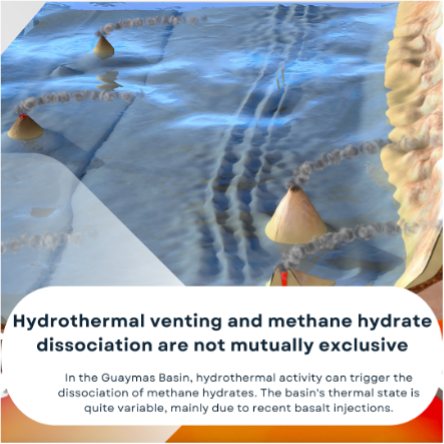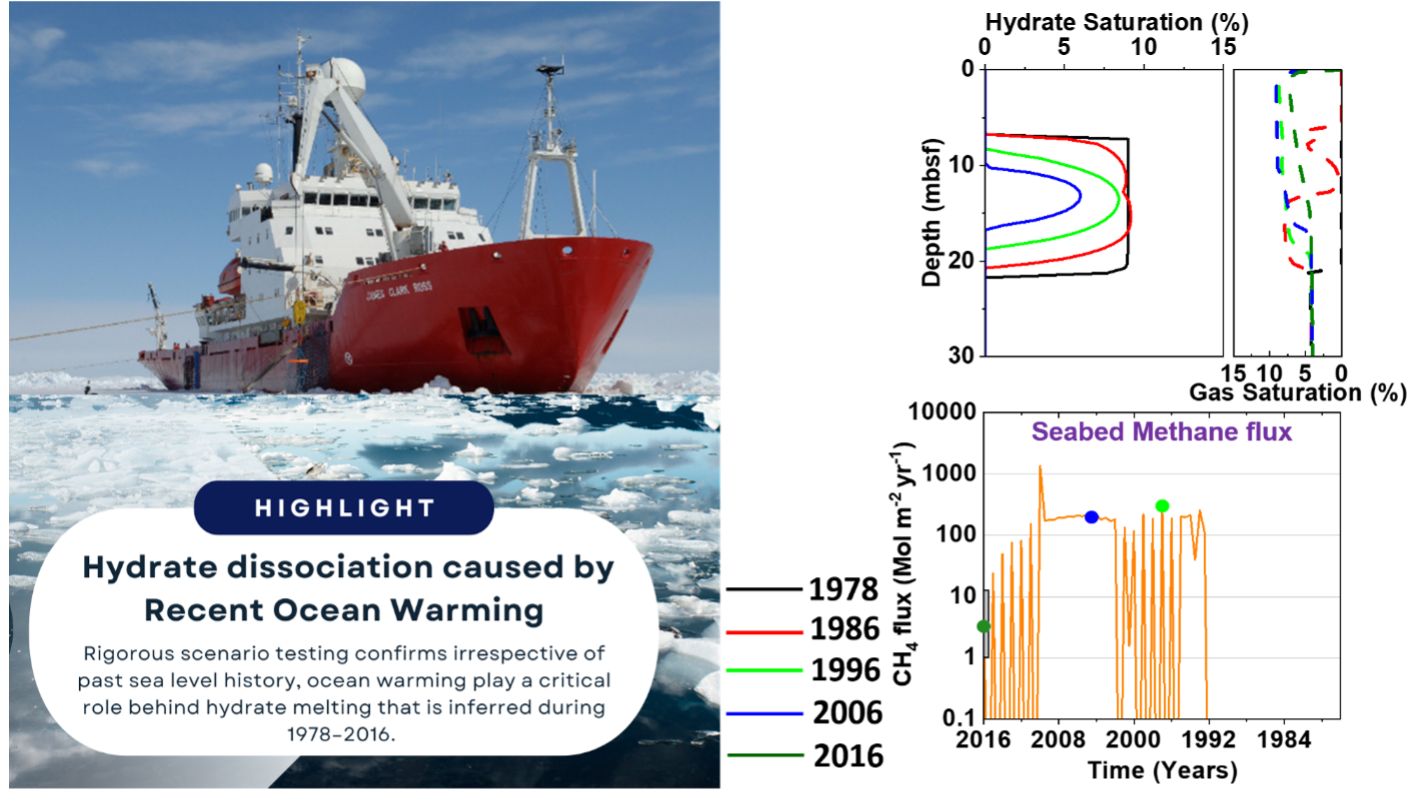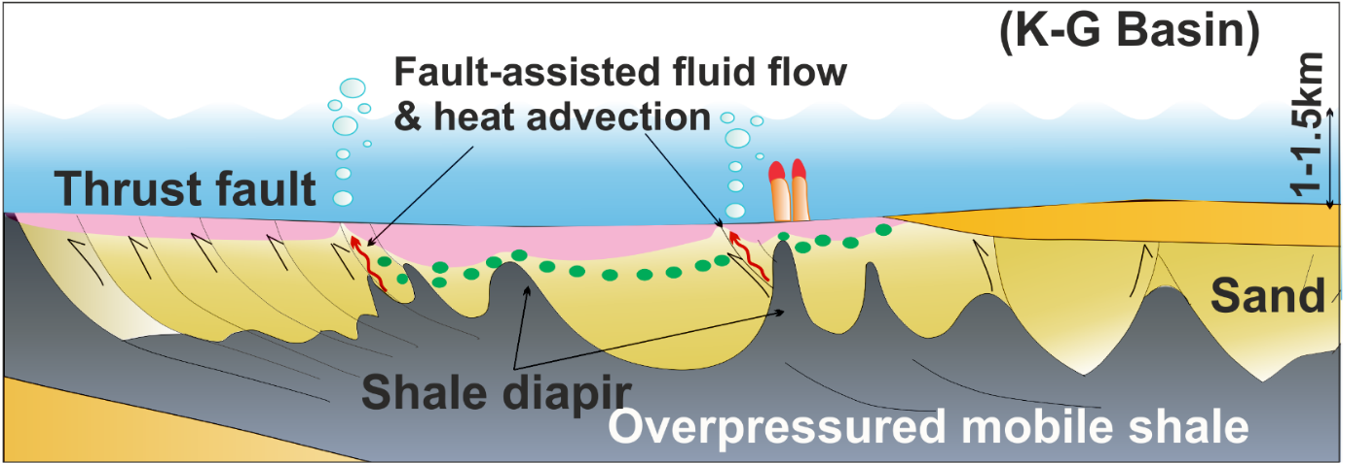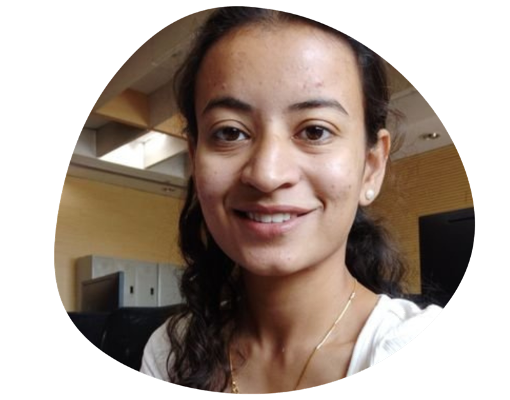Stratigraphy and Fluid Flow Analysis Research Group
STRAT
FLOW
Decoding Basins: Understanding Hazards, Resources, Climate
We study sedimentary basins with a focus on stratigraphic development and subsurface fluid flow, for an enhanced understanding of marine hazards, resource exploration, and climate change. Our current Basin Research themes span across the Polar regions, young oceanic basins, and passive continental margins.
Polar Geoscience
Our research explores the interplay among ice-terminating glaciers, ocean currents, and sediment transport employing marine seismic techniques. The objective is to improve our understanding of these critical connections and contribute to the development of more accurate reconstructions showing critical changes in the vulnerable Polar Regions.
Dynamics of Arctic methane hydrates off western Svalbard
Methane hydrates in the Polar regions are vulnerable to ocean warming and are a concern for accelerated climate change. Offshore western Svalbard, methane emissions arise from hydrate dissociation. Utilizing a computer simulation, we investigated the impacts of sea-level fluctuations and ocean warming at the hydrate stability boundary over the past 11,000 years. Our findings reveal that historical sea-level decline led to hydrate melting, with intermittent re-formation during colder ocean periods. Conversely, sea-level rise stabilized the hydrate, but ongoing ocean warming has overridden this effect, resulting in dissociation. The continued warming of the oceans plays a critical role in hydrate dissociation. To learn more, read https://doi.org/10.1029/2022JB025231
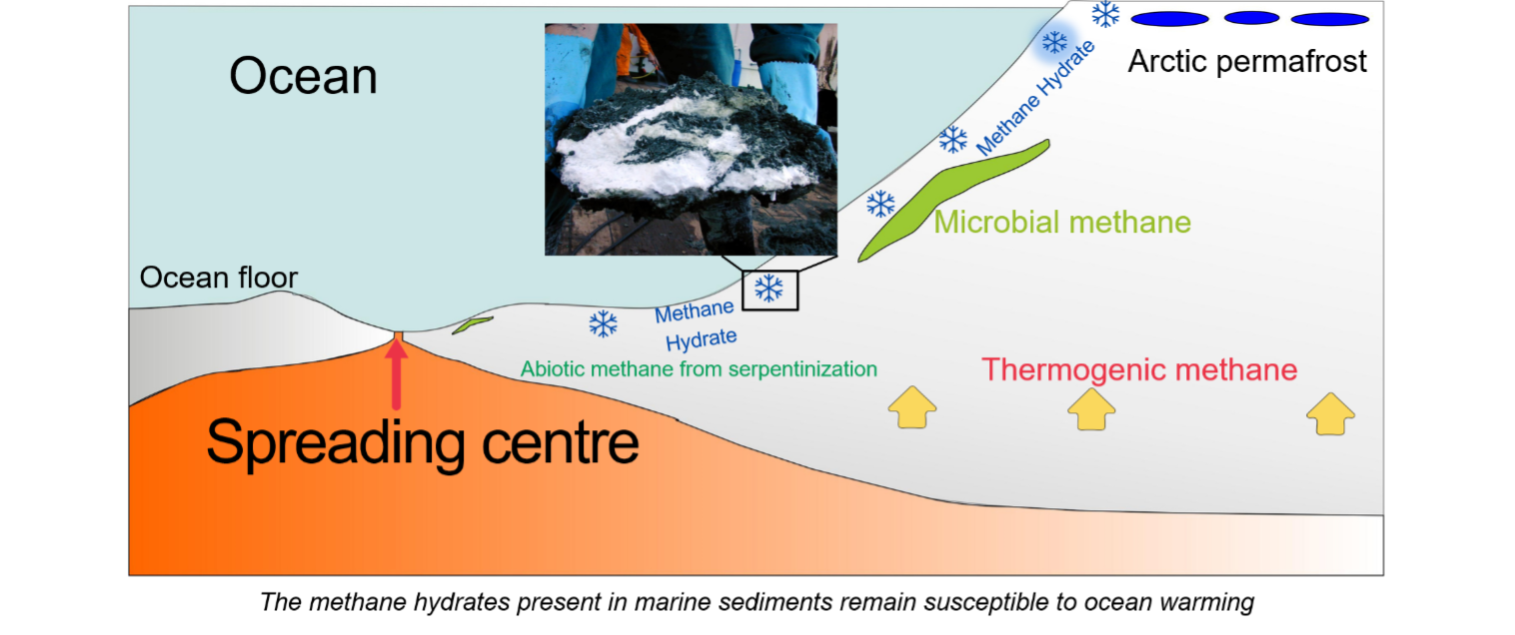

Initiation of the proto-Antarctic Circumpolar current (proto-ACC)
By analyzing marine sedimentary records and seismic data, we decoded the early development of the ACC and its impact on ocean circulation. The widening and deepening of the Tasman Gateway played a key role leading to the establishment of the proto-ACC, enhancing bio-productivity. This, in turn, facilitated atmospheric carbon dioxide reduction, contributing to the expansion of the Antarctic Ice Sheet around 33.7 million years ago. To learn more, read http://www3.iiserpune.ac.in/news-events/antarctica-then-and-now
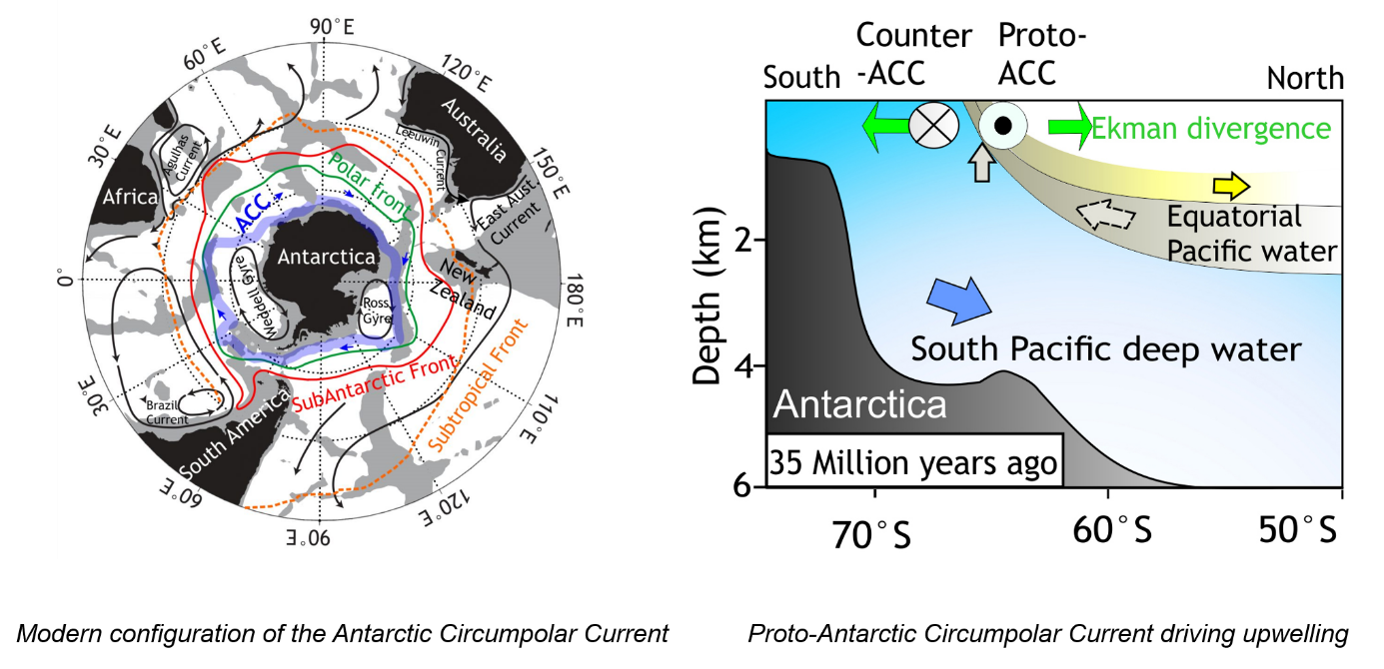
Seismic imaging of Ocean mixing
Using seismic waves, we uncovered details about how warm Atlantic water mixes with cold Polar water in western Svalbard. We found clear boundaries between these water masses, and for the first time, we imaged the beams of internal tidal waves in the Fram Strait Gateway that serves as a vital link between the Arctic and Atlantic oceans. These discoveries help us understand how heat and nutrients are exchanged in the ocean, which is important for studying how our planet's climate might change in the future. To learn more, read https://doi.org/10.1002/2015JC011009
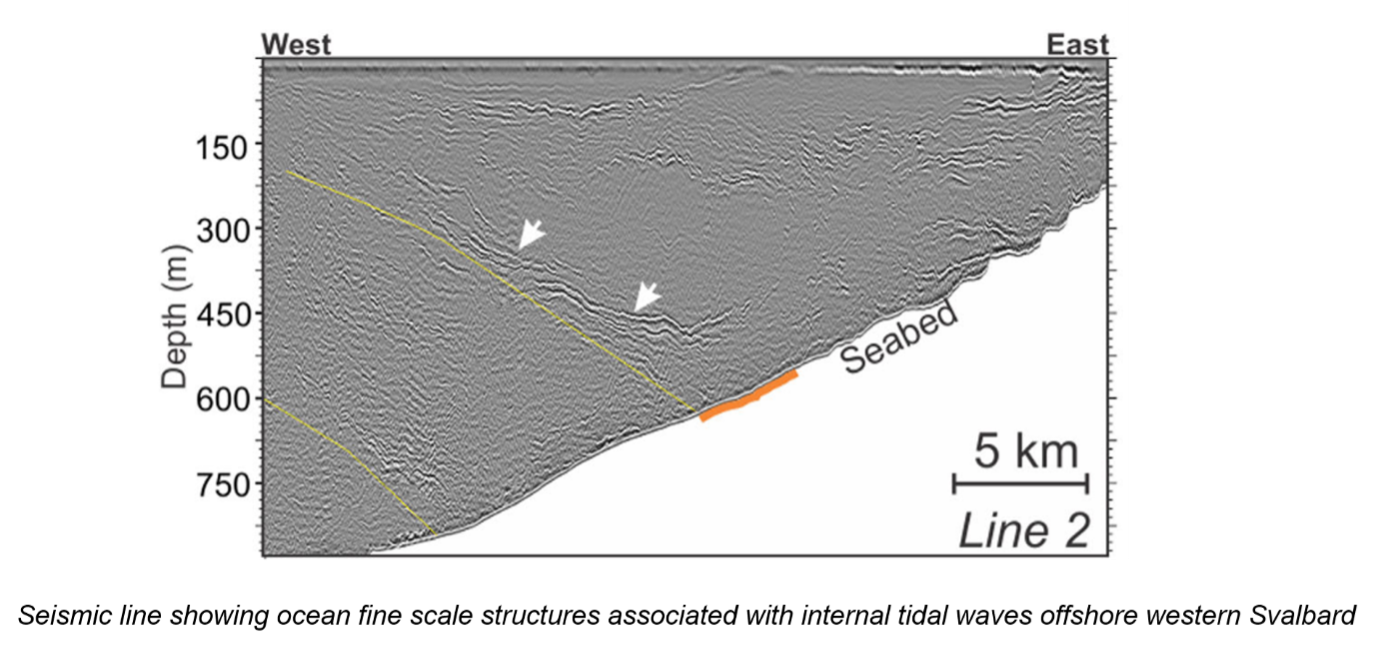
Volcanic Basin
Methane hydrate system and magmatic intrusions of the Guaymas Basin in the central Gulf of California: Using seismic data we studied the early-stage evolution of an oceanic basin, along with factors like magmatic intrusions, hydrothermal venting, and formation of methane hydrates. The thermal state of the Guaymas Basin was determined from the sub-seafloor depth of a gas hydrate bottom simulating reflection and heat flow measurements. High heat flow areas are influenced by fluid upwelling associated with magmatic intrusions. These findings provide valuable insights for envisioning likely changes during the Paleocene Eocene Thermal Maximum. To learn more, read https://doi.org/10.1029/2021JB023909
